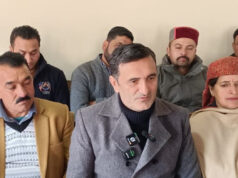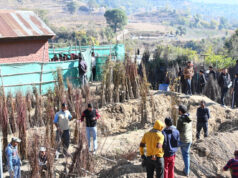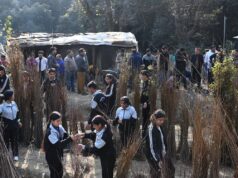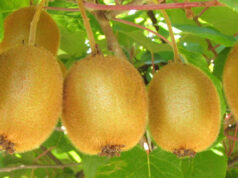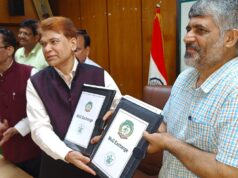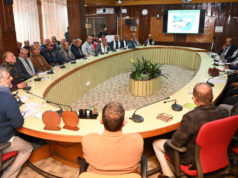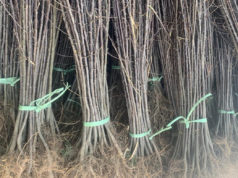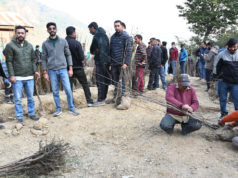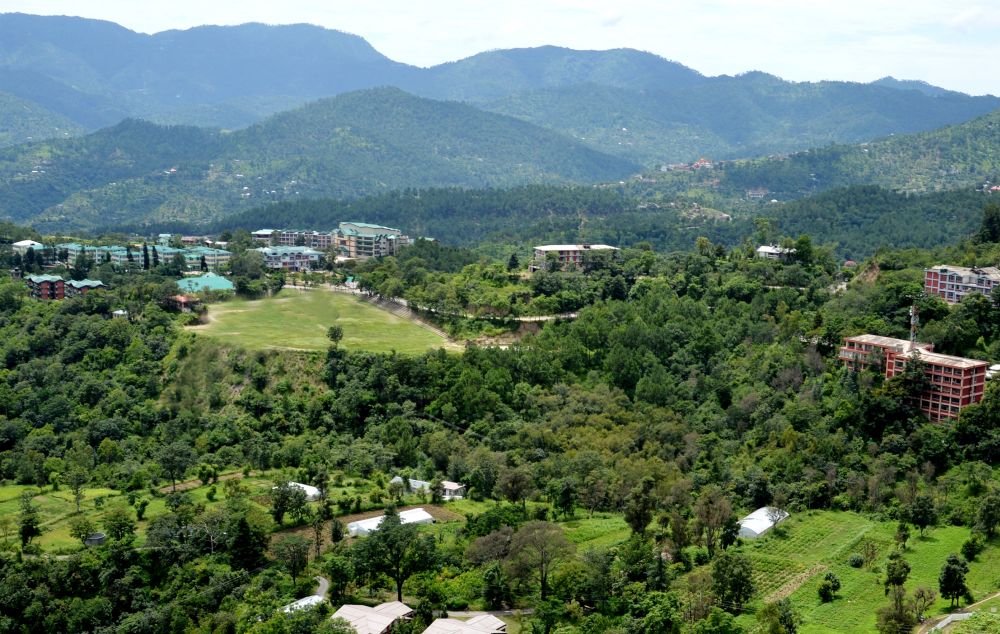Nauni/Solan: Following the reports of drying of branches of cherry plants in the Baghi region of the Shimla district, Dr YS Parmar University of Horticulture & Forestry, Nauni has recommended using of oxytetracycline hydrochlorid, citric acid, Imidacloprid and Agniastra spray in affected plants.
In a press statement horticulture university recommended making holes in the trunk of the affected trees and pour oxytetracycline hydrochloride (OTC-HCL) antibiotic @ 2 g and citric acid @ 10 mg dissolved in 10 ml of water drop by drop through these holes with the help of a pipette. Following that university suggested plugging the holes with clay soil and FYM paste (1:1 w/w) after the absorption of the solution.
University scientists also recommended spraying Imidacloprid 17.8% SL @ 50 ml/200 L of water or Oxy-demeton Methyl 25% EC @ 200 ml/200 L of water for the control of leaf hopper vector and Agniastra (4-5 L/200 L) or Dasparni ark (4-5L/200L) at 7–8-day intervals on the affected plants.
Farm scientists advised to drench the plants with Jeevamrit (2L per tree) 2-3 times at weekly intervals and also asked to avoid using bud sticks from symptomatic trees as the infected plants serve as the source for the spread of the phytoplasma.
Advising removing affected twigs while pruning, University scientists have cautioned the use of planting material including bud sticks from the affected area.
After the report of disease in cherry plants, Dr. YS Parmar University of Horticulture & Forestry, Nauni rushed two teams of university scientists to the affected area. The teams collected the diseased plant samples and carried out surveys of different orchards in Baghi.
Dr. Sanjeev Chauhan, Director of Research of the university said that leaf yellowing, tattering, reddening and bronzing symptoms were observed in affected plants and it was found that the same was slowly spreading to the entire plant leading to the death of the affected plant.
“The systemic nature of infection and symptoms matched closely with phytoplasma, a kind of phloem-limited cell wall-less bacterium,” Dr Chauhan confirmed and asserted to send the samples for further laboratory testing.



